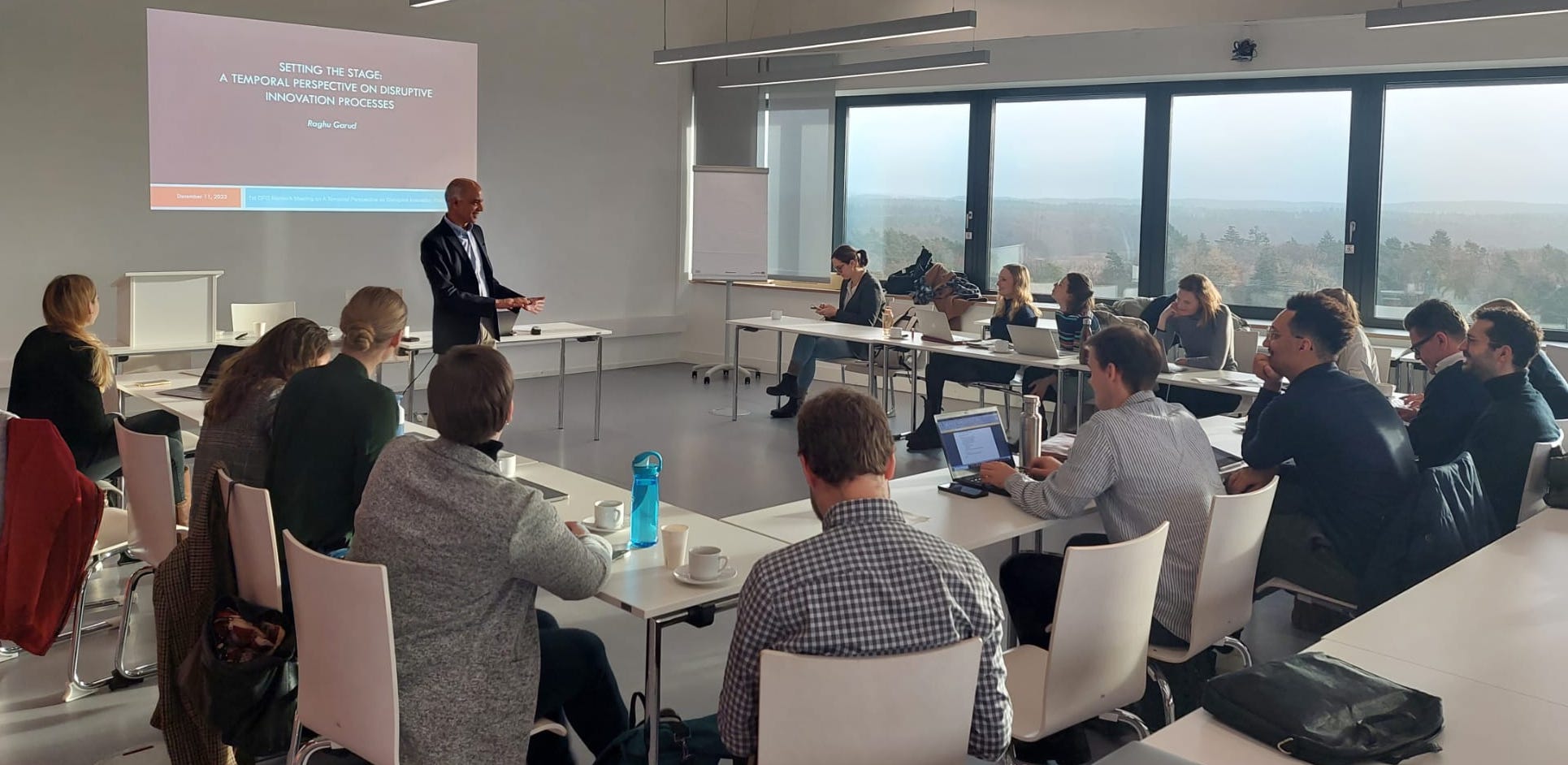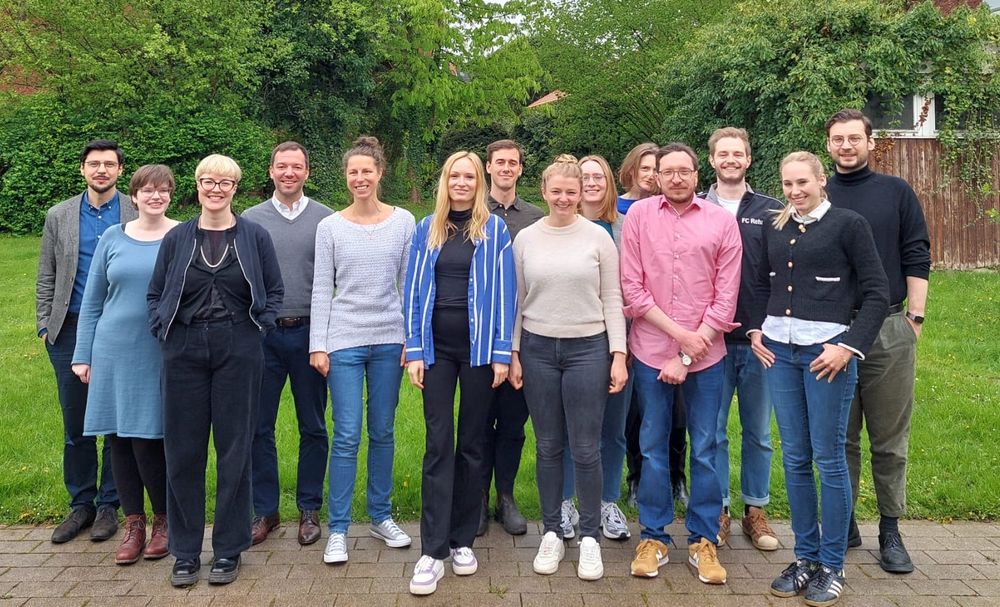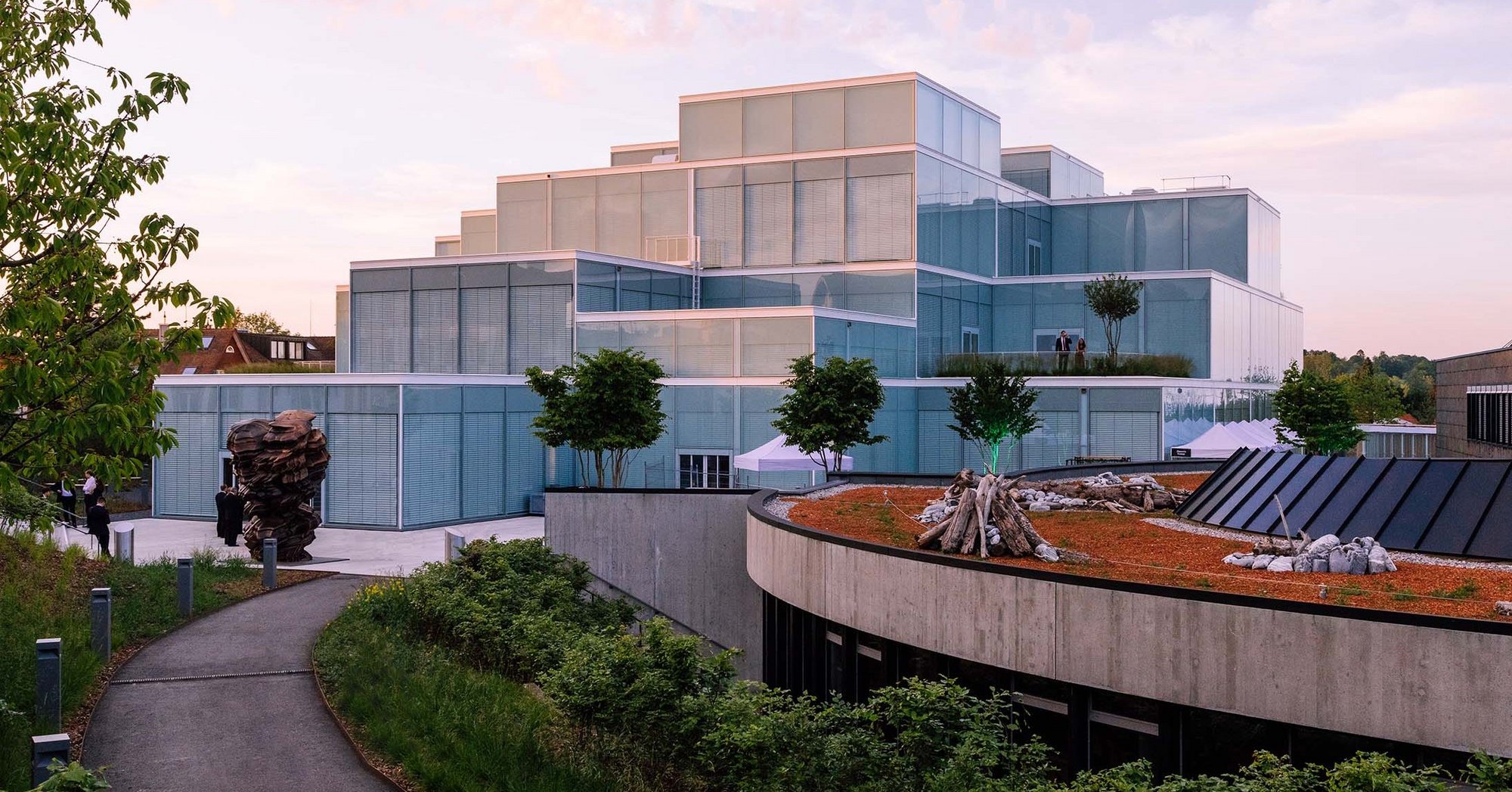Welcome to the DFG Network "A Temporal Perspective on Disruptive Innovation Processes"
Disruptive innovation is an inherently temporal phenomenon as it implies the breaking with past structures to embark on new trajectories into the future. Yet, despite the multiple ways in which time influences actors' disruptive innovation processes, research has only started to acknowledge and scrutinize this interplay. The goal of this network is to (1) foster community building among early-career scholars who are interested in extending the burgeoning temporal perspective on disruptive innovation, (2) consolidate and synthesize existing knowledge on the juncture of disruption and time in order to put it on an international research agenda, (3) compose a special issue on “a temporal perspective on disruptive innovation”, and (4) enable connectivity to follow-up third-party funding. To achieve these goals, we plan to hold five meetings during which internationally renowned scholars and experienced practitioners offer different perspectives and provide feedback to network members' research projects. Apart from the kick-off and the closing meeting, we plan to have three meetings which are structured around different temporal lenses, which have emerged in the past years, namely time-as-structure, time-as-resource, and time-as-process. By juxtaposing different conceptual lenses, we aim to bring together different academic debates and provide an interesting avenue for future research.

This meeting was held at Leuphana University Lüneburg and centered around the question “How does our network understand disruptive innovation processes from a temporal perspective?” The goal of this meeting was to set the conceptual foundations and bring together different understandings of temporality and disruptive innovation.
It marked a significant milestone for our research network. You can find a summary of the highlights here.
Keynote speakers: Raghu Garud, Annika Busse, Stefanie Gustafsson, Matthias Wenzel

The second meeting was held at Georg-August-University Göttingen and center around the question: “How do actors engage in temporal brokering, navigate, and coordinate multiple, potentially conflicting temporal patterns and orientations in disruptive innovation processes?”
This meeting focussed on active engagement with ongoing research projects of network members and featured a field trip to Forum Wissen. Klick here to find out more.
Keynote speakers: Charlene Zietsma, Patricia Klarner

The third meeting will focus on the role oftime-as- resource that can be leveraged both to support and thwart disruptive innovation. Thereby the concepts of timing and pacing are of particular importance. The guiding question for this meeting is: How do actors leverage timing and pacing as temporal resources to navigate challenges entailed in disruptive innovation? A focus will be on speed-based approaches to organizing disruptive innovation, such as innovation accelerators. We will also explore “slow innovation” as an alternative to the dominant regime of acceleration.